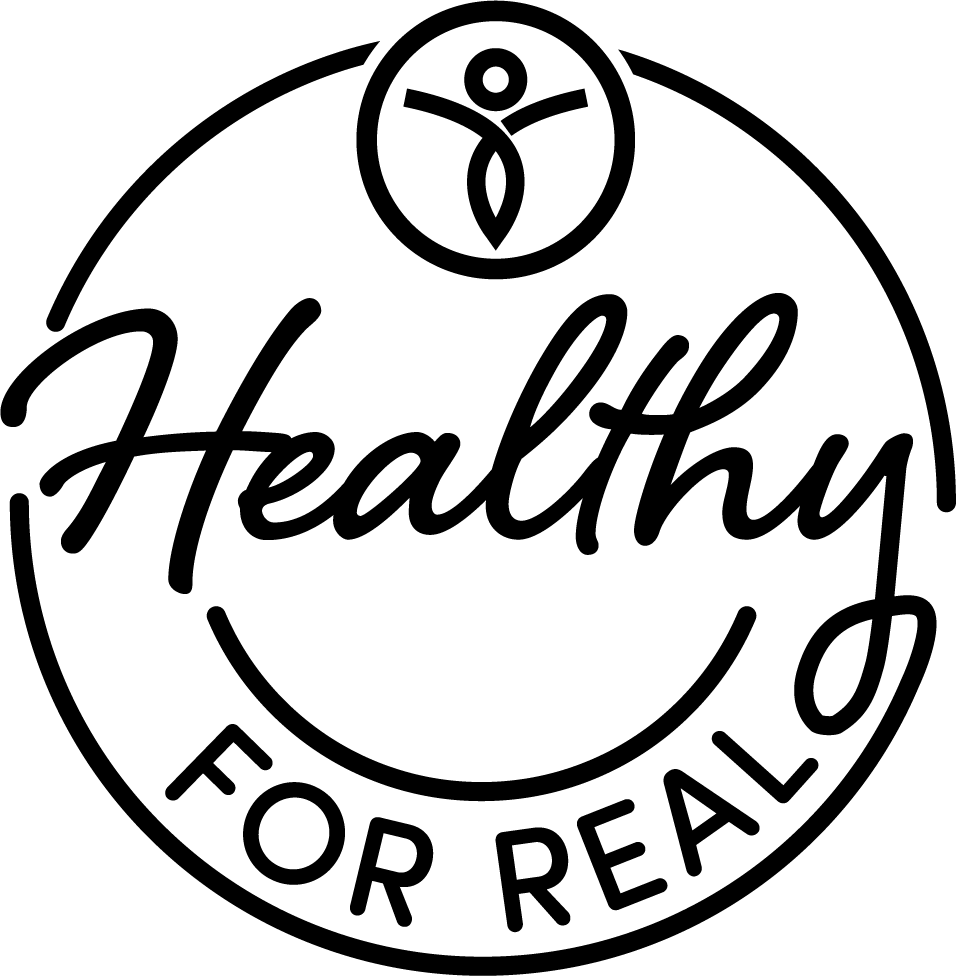What is a Processed Food?
What is Meant by the Term Processed Food?
What exactly is meant by the term processed food? It’s not a totally straightforward answer since a lot of foods could be called processed. The thing to evaluate is wheather a processed food still retains it’s healthful components or if it’s been processed so excessively that it’s no longer nutritious. In other words, it’s important to place foods on a spectrum from barely processed to highly processed and then make food choices with most of your items nearer to the barely processed side.
Processed food can refer to anything that's been altered from its original form before it landed on your plate. Now, that might sound a bit vague, so let's dive into it. Imagine you have a fresh apple picked straight from the tree – that's as unprocessed as it gets. But turn that apple into applesauce or apple juice, and voila, you've got a processed version.
Processing can involve cooking, freezing, canning, or even adding ingredients for flavor or preservation. So, that bag of frozen veggies? Processed. The can of soup on your pantry shelf? Processed. Even that box of cereal you grab for a quick breakfast? Yep, you guessed it – processed.
How Processed Foods Differ
Now, not all processed foods are created equal. There's the good, the bad, and the ugly. The good processed foods are those that retain most of their original nutrients, like frozen fruits and vegetables. The bad and ugly? Well, those are the ones loaded with added sugars, unhealthy fats, and a laundry list of unpronounceable ingredients.
Choosing Frozen Foods
Not all frozen foods are bad for you; it depends on what you choose. Frozen fruits and vegetables, for example, are often just as nutritious as their fresh counterparts. The freezing process helps to lock in the vitamins and minerals, making them a convenient and healthy option.
However, some frozen foods, especially highly processed or pre-packaged meals, can be less nutritious. These may contain added sugars, unhealthy fats, and high levels of sodium for flavor and preservation. It's essential to check the ingredient list and nutrition label when opting for frozen meals.
When it comes to frozen foods, here are some tips to make healthier choices:
Check the Ingredients: Choose options with minimal ingredients, avoiding those with long lists of additives, preservatives, and artificial flavorings.
Watch for Added Sugars and Sodium: Some frozen meals can be high in added sugars and sodium. Opt for products with lower amounts of these.
Prioritize Whole Foods: Frozen fruits, vegetables, and proteins without added sauces or breading are often healthier choices. They give you more control over seasonings and sauces.
Portion Control: Pay attention to portion sizes. Even if a frozen meal seems healthy, eating excessively large portions can contribute to overeating.
Homemade Freezing: Consider freezing homemade meals. This way, you have control over the ingredients, and you can prepare larger batches for convenience.
In conclusion, frozen foods, when chosen wisely, can be a convenient and nutritious part of your diet. Opt for whole, minimally processed options and be mindful of added sugars, unhealthy fats, and sodium. As with any food choices, moderation and variety are key to a balanced and healthy diet.
Highly Processed Foods Negatively Affect your Health
So, why does it matter? Well, too much of the heavily processed stuff isn't exactly a friend to your health. It can contribute to issues like high blood pressure, obesity, and other not-so-fun conditions. But fear not, you don't have to swear off all processed foods. Just keep an eye on those labels, opt for the less processed options, and make friends with your kitchen – cooking at home can be a game-changer.
What are Highly Processed Foods?
Highly processed foods are those that have undergone extensive changes from their original form through various industrial processes. These foods often contain multiple ingredients, including additives, preservatives, flavorings, and other substances that are not commonly used in home cooking. The goal of processing is to create convenient, shelf-stable products with a longer shelf life and enhanced flavors.
Characteristics of highly processed foods include:
Multiple Ingredients: These foods typically have a long list of ingredients, and some of them may be hard to pronounce or unfamiliar.
Additives and Preservatives: Highly processed foods often contain additives and preservatives to improve taste, texture, and shelf life. These can include artificial colors, flavors, and chemical preservatives.
Refined Ingredients: The original, whole ingredients are often refined or stripped of nutrients during processing. For example, whole grains may be processed into refined flour.
High in Sugar, Salt, and Unhealthy Fats: Many highly processed foods are loaded with added sugars, salt, and unhealthy fats to enhance flavor and palatability.
Convenience Factor: These foods are designed for quick and easy consumption. They may include ready-to-eat meals, snacks, and fast-food items.
Examples of highly processed foods include sugary cereals, packaged snacks, frozen dinners, fast-food items, soda, and many pre-packaged convenience foods. It's important to note that not all processed foods are unhealthy, and some processing methods can preserve nutritional content. However, a high consumption of heavily processed foods that are high in added sugars, unhealthy fats, and sodium may contribute to health issues such as obesity, diabetes, and heart disease. As such, it's recommended to focus on whole, minimally processed foods in a balanced diet.
Choose Wisely
In a nutshell, processed food is anything that's been tweaked, transformed, or tinkered with before reaching your plate. So, next time you're navigating the aisles, armed with this newfound knowledge, you can make choices that keep both your taste buds and your health happy.

